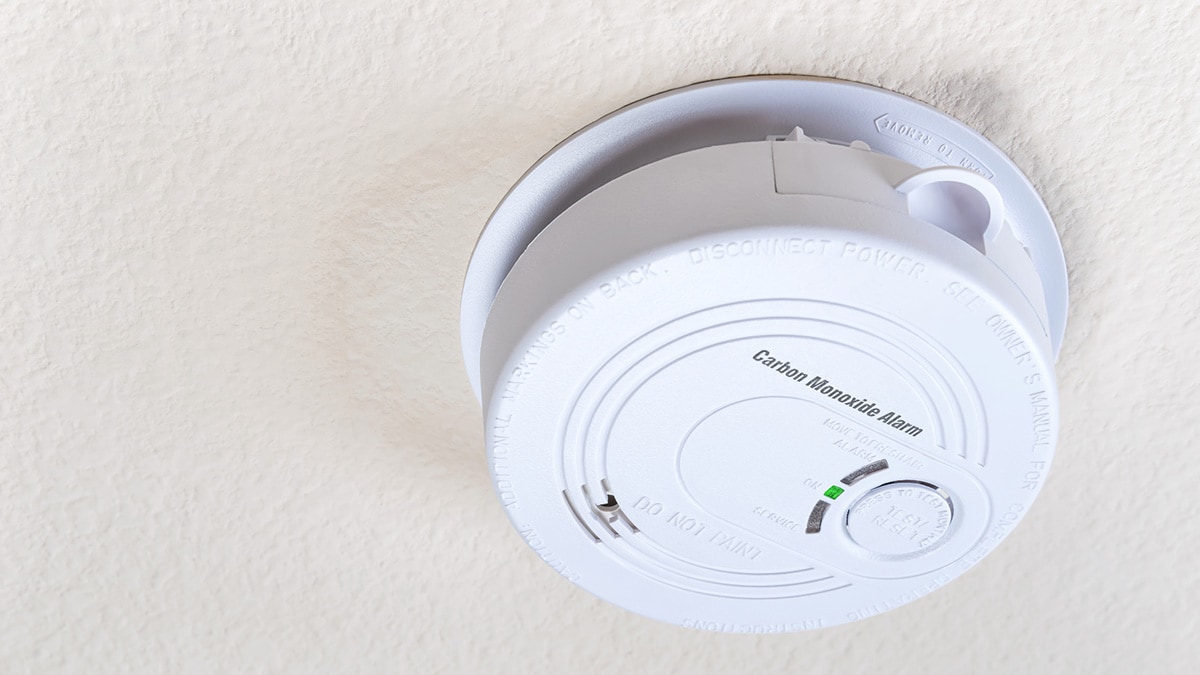At a glance
Carbon monoxide (CO) poisoning can be prevented. However, every year, hundreds of people in the United States die from accidental, non-fire related exposure to this toxic gas.

We Track That
The Tracking Program uses data from the U.S. Census Bureau, hospital and emergency department databases, and death certificates to get state and local CO poisoning data. State-to-state comparisons about CO poisonings must be made carefully because data collection and reporting methods vary by state.
Types of Data
The Tracking Network provides data about health effects due to unintentional CO poisoning. These data can be used in the following ways.
- Assess the burden of severe CO poisoning
- Monitor trends over time
- Identify groups at higher risk for health effects
- Enhance prevention, education, and evaluation efforts
This ED visits indicator shows the number of patients seen in an emergency department for unintentional CO poisoning.A These patients may have health effects ranging from very minor to very serious. However, even mild and moderate cases of CO poisoning show a CO poisoning risk in the person's environment. Advanced options include distinctions between fire, non-fire, unknown intent or mechanism poisonings. Data are available at the state level for select states. These data are supplied by health departments funded by the CDC Tracking Program.
This hospitalizations indicator estimates the number of people who were admitted to the hospital due to unintentional CO exposure.A Advanced options include distinctions between fire, non-fire, unknown intent, or mechanism poisonings. Data are available at the state level for select states. These data are supplied by health departments funded by the CDC Tracking Program.
This mortality indicator tracks the number of people who died because they were exposed to CO unintentionally.B Advanced options include distinctions between unintentional fire, non-fire, unknown intent, or mechanism poisonings. Data are available at the state level for the entire United States.
Access the Data
Use the Data Explorer to create custom maps, tables, and charts.
View data in simple Quick Reports.
Get machine-readable data from the Application Program Interface (API).
Data in Action
Tracking CO poisoning in a standard way over time can help us with the following activities.
- Understanding the health effects of CO poisoning
- Learning about the effects of long-term exposures to low levels of CO
- Monitoring trends over time and geography
- Identifying high risk groups
- Determining the impact of CO poisoning prevention policies
- These data come from hospital records but recording a cause of injury in hospital admission or discharge records is not required in all states. This limits the ability to compare data across states.
- Death investigation laws and reporting vary by place. This limits the ability to compare mortality data across locations.
